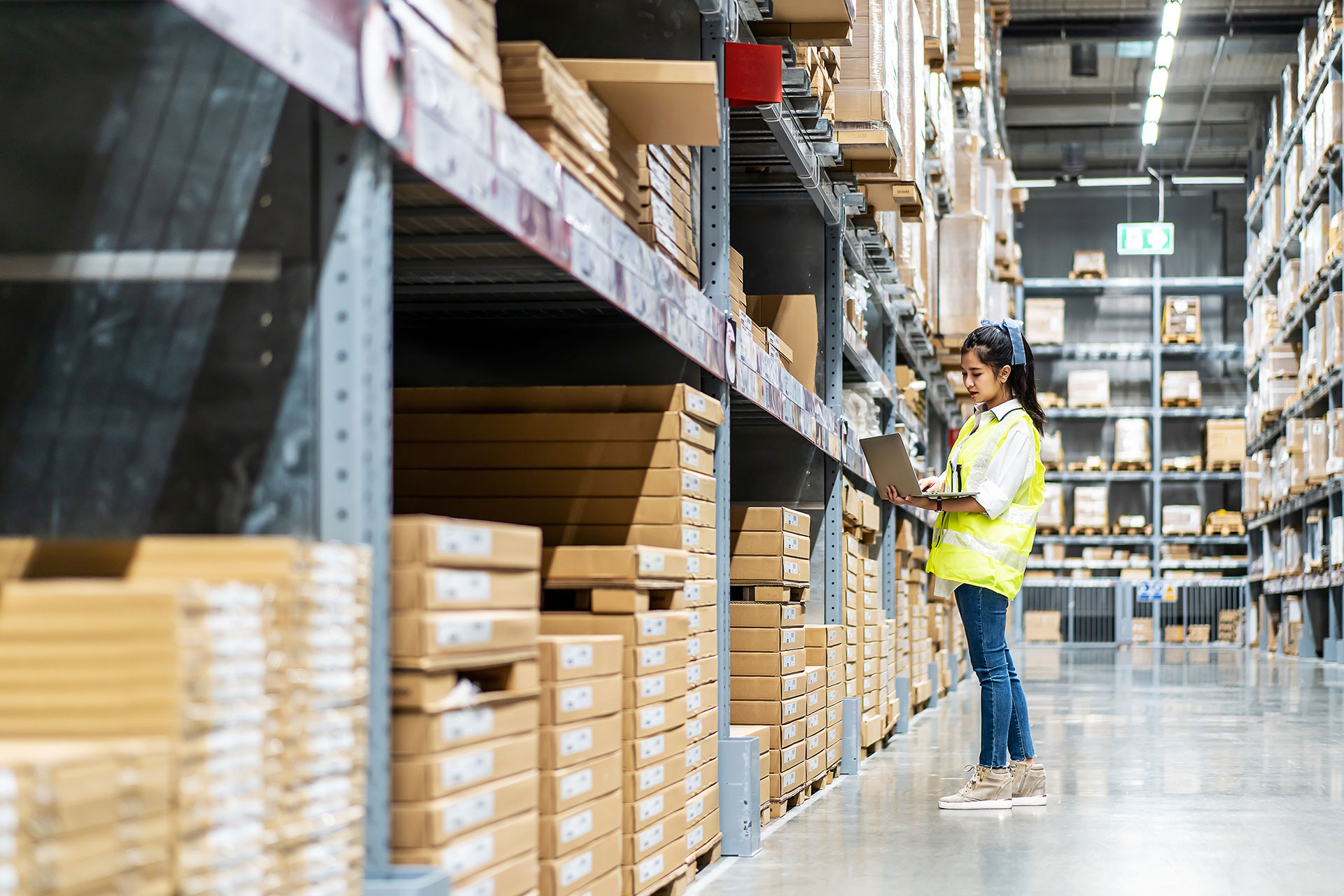Hazards exist in every workplace, but how do you know which ones have the most potential to harm your contractors & employees ?
By identifying the retail workplace hazards that are most likely to impact safety, you will be better prepared to control or eliminate them and prevent accidents, injuries, property damage, and downtime.
The dynamic of the retail operation is a complicated web of activity. Minds, machines, individuals, and technologies are all expected to work in concert as the controlled chaos of the retail enterprise marches forward. To keep it all running smoothly, it is critical that we remain on a safe and productive path.
The contractors and visitors to retail stores do not have an in depth knowledge of every store and are unaware of the site specific hazards that exist in specific stores that are known issues and the events that occur prior to their visit or even during their visit.
- Overexertion Injuries.A non-impact injury resulting from excessive physical effort, overexertion is a major cause of the inflammation of joints and ligaments that results from excessive physical effort. Excessive physical effort can affect people in different ways: for some it may cause little or no pain or discomfort and for some it may be debilitating.
- Lifting and Handling Materials.Improper lifting, pushing, pulling, lowering and twisting can cause strains, sprains, and other serious injuries. Improper techniques, physical capabilities, preexisting conditions and other related issues can contribute to potential risks.
- Slips, Trips, and Falls.Both employees and customers may fall due to trips and slips, and many can be avoided with proper care, maintenance, and housekeeping. The severity of the injury is typically based on the velocity of the impact (how far and how fast you fall); the hardness and other characteristics (smooth, rough, etc.) of the surface that you land on; and the orientation of the body upon impact.
- Stress at Work.According to reports, 25 percent of employees view their jobs as the number one stressor in their lives. Job stress can be defined as the harmful physical and emotional responses that occur when the requirements of the job do not match the capabilities, resources, or needs of the worker. Job stress can lead to poor health and even injury.
- Being Struck by or Against.These are injuries that are the result of being struck by or struck against something (such as product falling off a shelf). The severity of the injury is typically based on the velocity of the impact (how hard you’re hit, and the distance that the object falls/travels); the characteristics (size, shape, weight, hardness, etc.) of the object; and the body part affected by the impact.
- Knives, Box Cutters, and Other Sharps.Some of the most common and preventable injuries are cuts and lacerations. These retail workplace hazards are often the result of improper training, failure to use necessary personal protection equipment, a failure to follow established safety procedures, and employees who are in a hurry and taking shortcuts.
- Forklifts and Pallet Jacks.Just about anything that is mechanical and moves has the potential to be a hazard. Many workplace hazards are caused by the moving parts of mechanical devices. Mechanical hazards cause bending, punching, pulling, caught-in, caught-on, and crush accidents that can cut, crush, break bones, strain muscles and cause additional and even more serious injuries.
- Loud or Intermittent Noise.Tools, equipment and machinery that vibrate or make loud noises can cause hearing loss and other serious injuries.
- Workplace Violence.Workplace violence refers to any act or threat of physical violence, abuse, harassment, intimidation, or other threatening disruptive behaviour that occurs in the work setting. It can range from threats and verbal abuse to physical assaults and even homicide. It can affect and involve employees, clients, contractors, customers and other visitors. Regardless of how it manifests itself, workplace violence is a growing concern for employers and employees nationwide.
- Workplace Bullying.Workplace bullying refers to persistent, unreasonable actions directed towards a subordinate or co-worker which are intended to intimidate, degrade, humiliate, or undermine; or which create a risk to the health or safety of the employee. This may involve verbal, nonverbal, psychological, physical abuse and humiliation. Bullying behaviour often involves an abuse or misuse of power, creates feelings of defencelessness and injustice, and undermines an individual’s right to dignity at work.
Safety in the workplace can’t simply be approached as a plan or a program; it must be perceived as a state of mind. We have to instil safety principles as a critical element of the retail culture and willingly accept the responsibility to make safety an integral part of everything that we do.
Providing your contractors and visitors with the necessary information to keep themselves safe, your customers safe and your employees safe is a critical principal to all-round safety within a retailers store network.


